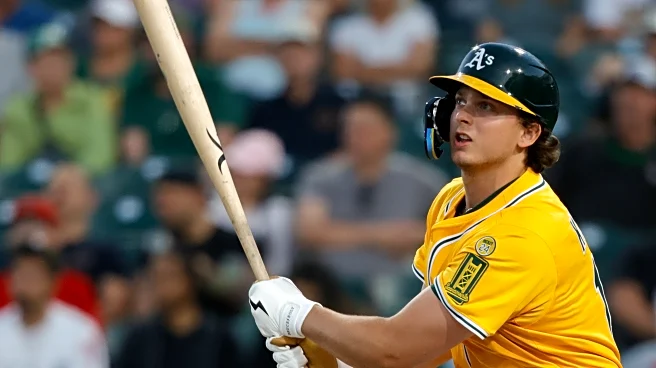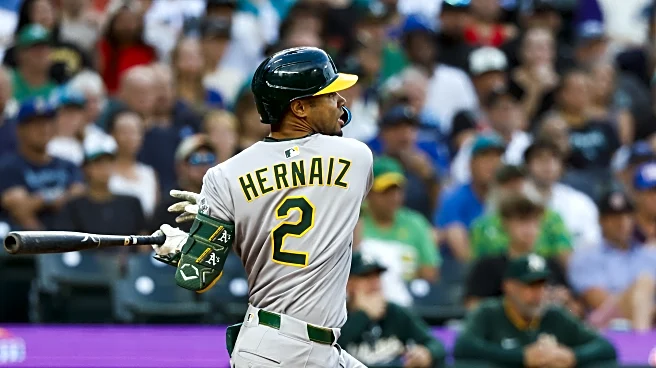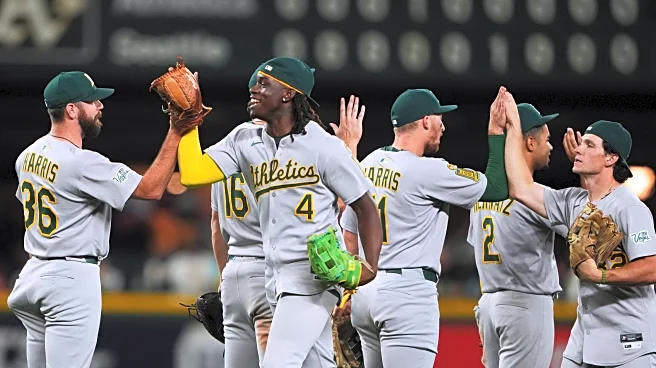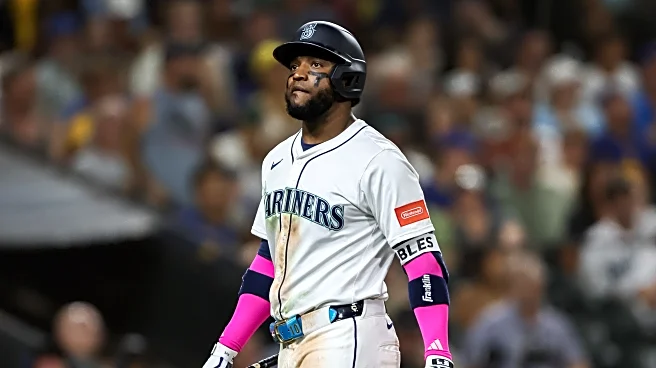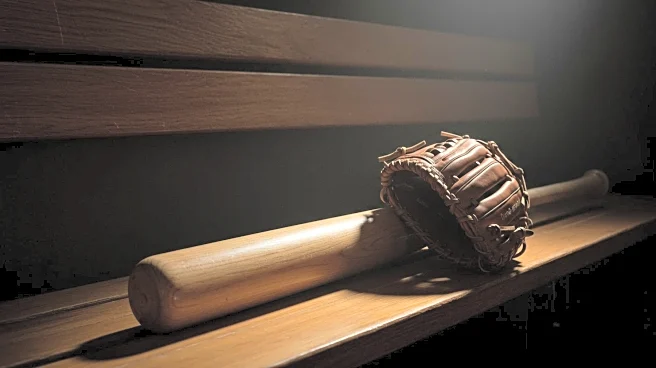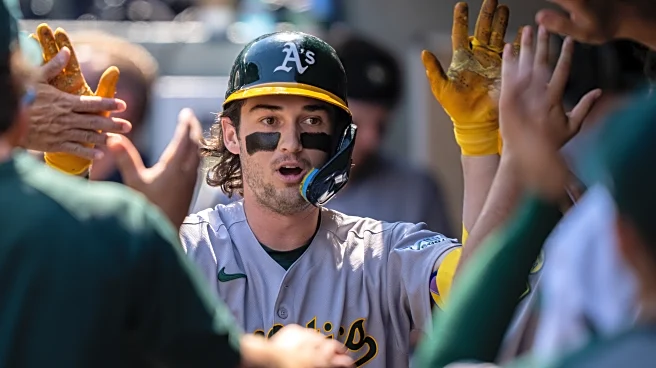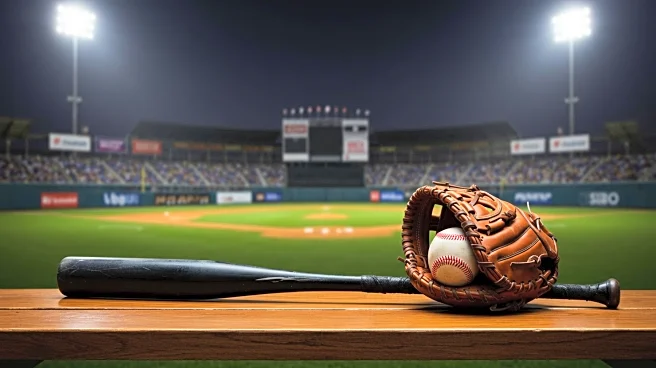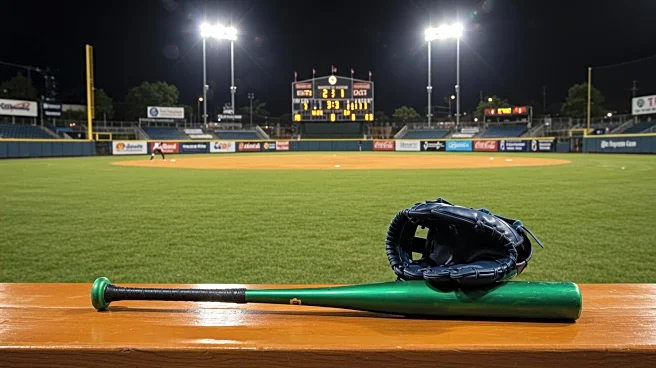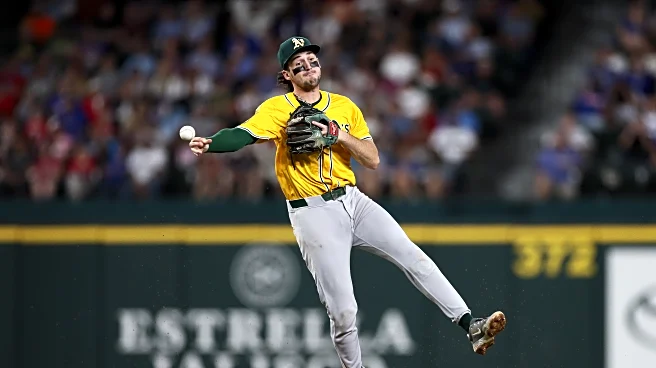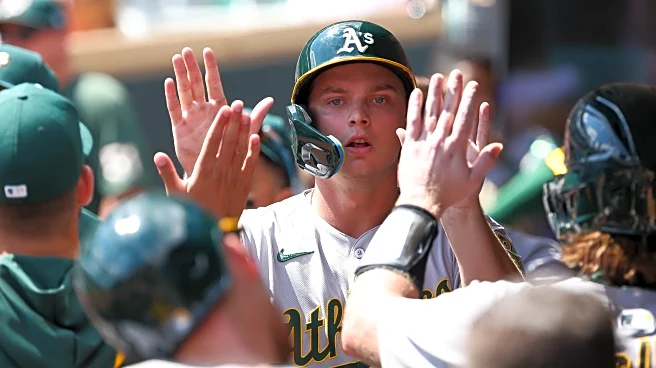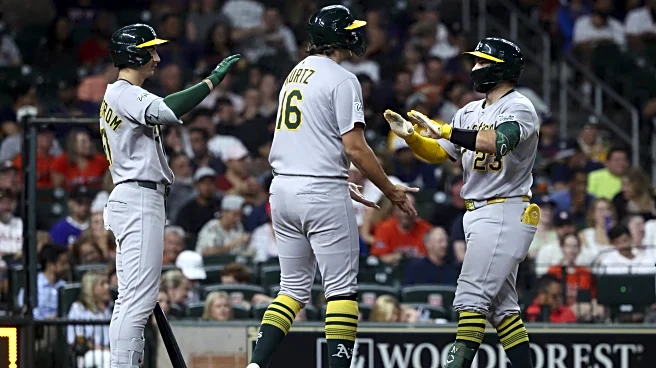
Which 9 you start matters more than what order you hit them in, a principle similar to refurbishing your Titanic deck chair rather than moving it to the corner where it might get more sun. Heck, you can pick your lineup out of a hat — something Billy Martin did in a game I attended — and the results won’t drastically differ no matter what kind of hat.
But lineup order actually does matter some. Mostly it’s about “not doing something stupid” and undermining the assets and opportunities you have. And
unfortunately, often “don’t do something stupid” is seen, by managers, not as a heed-worthy warning but rather as a dare.
Where Lineup Order Matters
There’s a fundamental principle guiding the differences between spots 1-9. Not all spots get an equal number of plate appearances. If the last out of the 9th is made by the #5 hitter, batters 1-5 get an extra PA over batters 6-9. Because about 1/9 of the time the order will end at each spot, as you go down the lineup each spot gets around 10% fewer PA over the course of a season compared to the spot before it.
So certainly you want your best hitters getting the most PA, which means yes you want Nick Kurtz batting at the top of the order, not the middle or bottom. More on Kurtz in a minute…
L/R Still Matters
A key consideration in lineup order is making sure not to bail out relievers who come in to dominate same-side hitters. Lawrence Butler (this season) and Tyler Soderstrom (both seasons) have had significant struggles against LHP and if you hit them back to back you play right into the hands of an opposing manager’s use of his left-hand reliever, probably in a key spot late in the game.
Along those lines, it has become clear that managers are simply not going to let Kurtz face a RHP with the game on the line, but with the 3 batter rule the A’s have the chance to force a LH reliever to face a bad matchup for him if Kurtz does not end the inning.
Specifically, no one has hit LHP better this year than Shea Langeliers, so batting behind Kurtz offers an important weapon: you can neutralize Kurtz to some degree but you’re going to end up facing Shea and his .375/.386/.675 (188 wRC+) prowess against LHP.
How To Mess It Up
So here the A’s are, with the luxury of having many good hitters in the lineup, probably able to score quite a few with a lineup drawn out of a sombrero. But you can still maximize or minimize the group you have and currently I would say the A’s are making some questionable (a synonym for “bad”) choices.
Kurtz Leading Off: Objectively Dumb
The argument for leading off Kurtz would be that nothing maximizing the number of PAs like hitting 1st. While that’s true, the difference between 1st and 2nd is a handful of PAs over the course of an entire season.
Another argument might be that you love his .400 OBP setting the table by reaching base to start the 1st inning and getting the pitcher in trouble. That’s fine but his OBP plays later in the inning too, the difference being that if he leads off he isn’t around to drive himself in later.
Here’s the real problem: leading off Kurtz is guaranteed to have his first at bat with the bases empty, making the least of his HR power, and the rest of the game he follows the 7-8-9 hitters, the guys with the worst offensive prowess, least likely to get on base.
So you have set Kurtz up to bat with the fewest runners on base possible, hardly ideal for not just your top HR and top RBI threat, but flat out one of the league’s most dangerous and feared hitters.
Then comes the domino effect where your L/R balance forces you to put Tyler Soderstrom in the 3 spot, known as the ideal “TTO” spot as it comes up disproportionately with 2 outs and 0 on and then implies Lawrence Butler night bat 5th even if that’s not the most sensible spot.
KISS: Keep It Simple, Stupid
These A’s 9 right now are actually not all that difficult to order logically now that Jacob Wilson is back. You want your best hitters higher in the order, you want L/R balance when you can get it, and you want your higher OBP guys setting the table, your sluggers batting with as many runners on base as possible.
It may be “batting average heavy,” but thanks to his uncanny ability to find hits all around the diamond even with his prolonged “bad wrist/forearm” induced slump Wilson has maintained a .356 OBP for the season. Which allows you to put the following order, against RHP, to the these sample 9 starters:
Wilson – SS
Kurtz – 1B
Langeliers – C
Soderstrom – LF
Rooker – DH
Butler – CF
Hernaiz – 2B
Bleday (or Cortes) – RF
Harris – 3B
Against LHP you have a couple reasonable options: you could lead off Hernaiz, more of a typical lead off hitter with favorable splits, and drop Wilson into more of an RBI spot, or you can keep Wilson at the top and juggle to keep your LH hitters from coming up in as many “RBI situations”.
With Colby Thomas platooning, personally I favor the following order even though I like Hernaiz leading off — but later in the game you’re going to have a RH reliever on the mound and you want Wilson, not Hernaiz, getting that 5th PA in front of the heart of the order. So:
Wilson – SS
Kurtz – 1B
Langeliers – C
Rooker – DH
Thomas – RF
Soderstrom – LF
Hernaiz – SS
Butler – RF
Harris – 3B
Note that there are other good orders, especially when Butler is in a good groove. They all involve putting hitters in spots where their skill sets can be utilized and not wasted.
Alternate good lineup vs. RHP:
Butler – CF
Wilson – SS
Kurtz – 1B
Rooker – DH
Soderstrom – LF
Langeliers – C
Hernaiz – 2B
Bleday/Cortes – RF
Harris – 3B
What doesn’t work? Leading off with Kurtz or putting 2 LH batters back to back to play into the opposing manager’s hands — both of which we have seen at times lately.
Let’s get back to a smart, probability based lineup that makes everything the hardest possible for opposing pitchers and managers to navigate. It shouldn’t be hard as the A’s are blessed with a lot of hitters you actually do want to send up to the plate, in any order. Could we just pick an order that embraces logic and common sense and call it a day?
